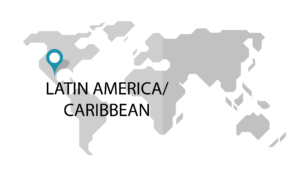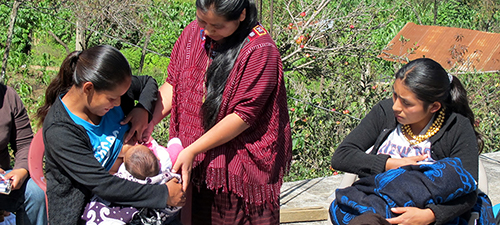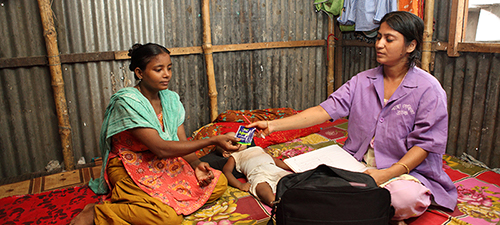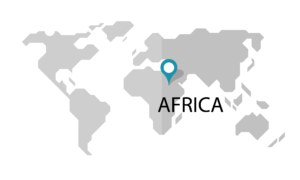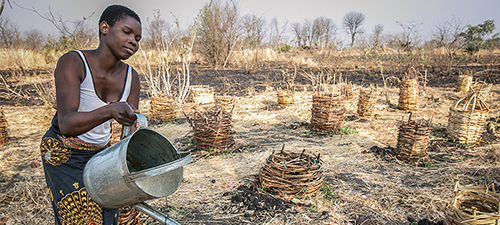Community-driven solutions to address the health needs of vulnerable populations
Over the past 20 years, tremendous progress has been made in global health. Diseases such as malaria, diarrheal illness, pneumonia, and measles have decreased worldwide, as have rates of maternal and child mortality. However, there are still groups of people being left behind. These communities face the harshest barriers to accessing health services such as physical distance, cultural discrimination, and extreme poverty. They often live at the margins of society and outside of the formal healthcare system, such as in rural areas, urban slums, and indigenous and ethnic minority communities.
The most vulnerable members of these groups are women and children, who are more likely to suffer from preventable death and disease. In fact, an estimated 5.9 million children die each year from diseases that are relatively simple and inexpensive to prevent and treat. More than 300,000 women die from maternal complications. International development organizations, national and local governments, and academic researchers are engaged in efforts around the world to reduce preventable death and disease among these disadvantaged groups. Yet, philanthropic funding is also needed for the nonprofits that are directly reaching those most in need.
From rural villages in Malawi to crowded urban slums in Bangladesh, community-based health organizations are delivering interventions to underserved communities around the world. Though they may work in different parts of the world, the most successful organizations share the same core approaches: building trust with local leaders and gradually dismantling the geographic, economic, cultural, and behavioral barriers to health delivery. These organizations engage local communities to understand their unique health needs, and use science-based methods to prevent and treat health problems. Their work has been proven to accelerate better health outcomes in even the most challenging settings.
Organizations that use this community-based approach focus on a variety of evidence-based interventions that decades of research have shown to be effective at improving health and saving lives. They are also highly cost effective. Among the variety of interventions: oral rehydration solution for diarrheal diseases, insecticide-treated bednets, deworming campaigns, breastfeeding, handwashing, and childhood vaccinations. The organizations employ a number of strategies such as working with community health workers, launching home visitation programs, traveling in mobile clinics to access remote villages for vaccination campaigns, or creating women’s groups to motivate peers. These strategies are powerful investment tools with the potential to improve and even save millions of lives each year. What follows are examples of organizations around the world that are applying these strategies as part of a community-based approach.

